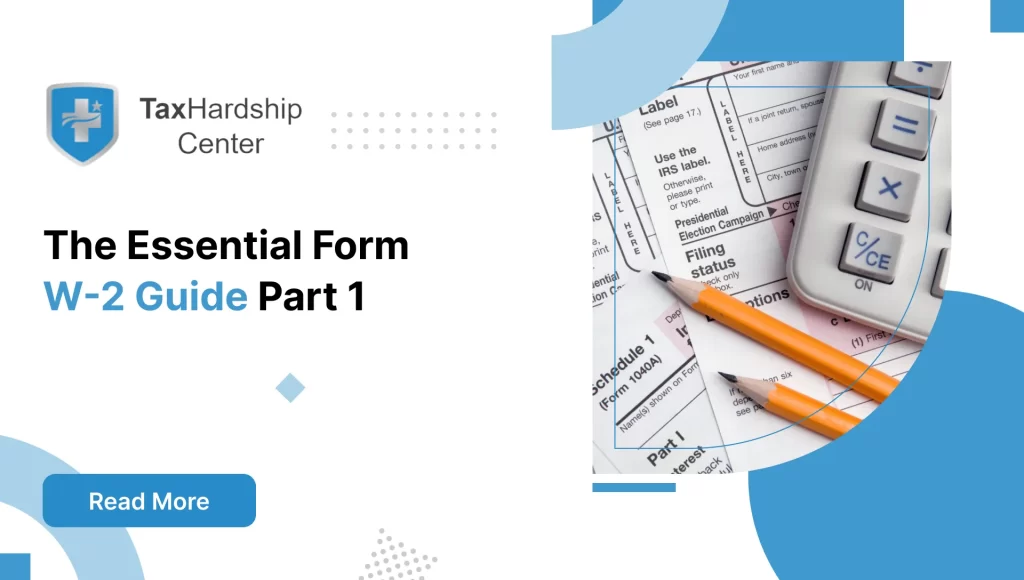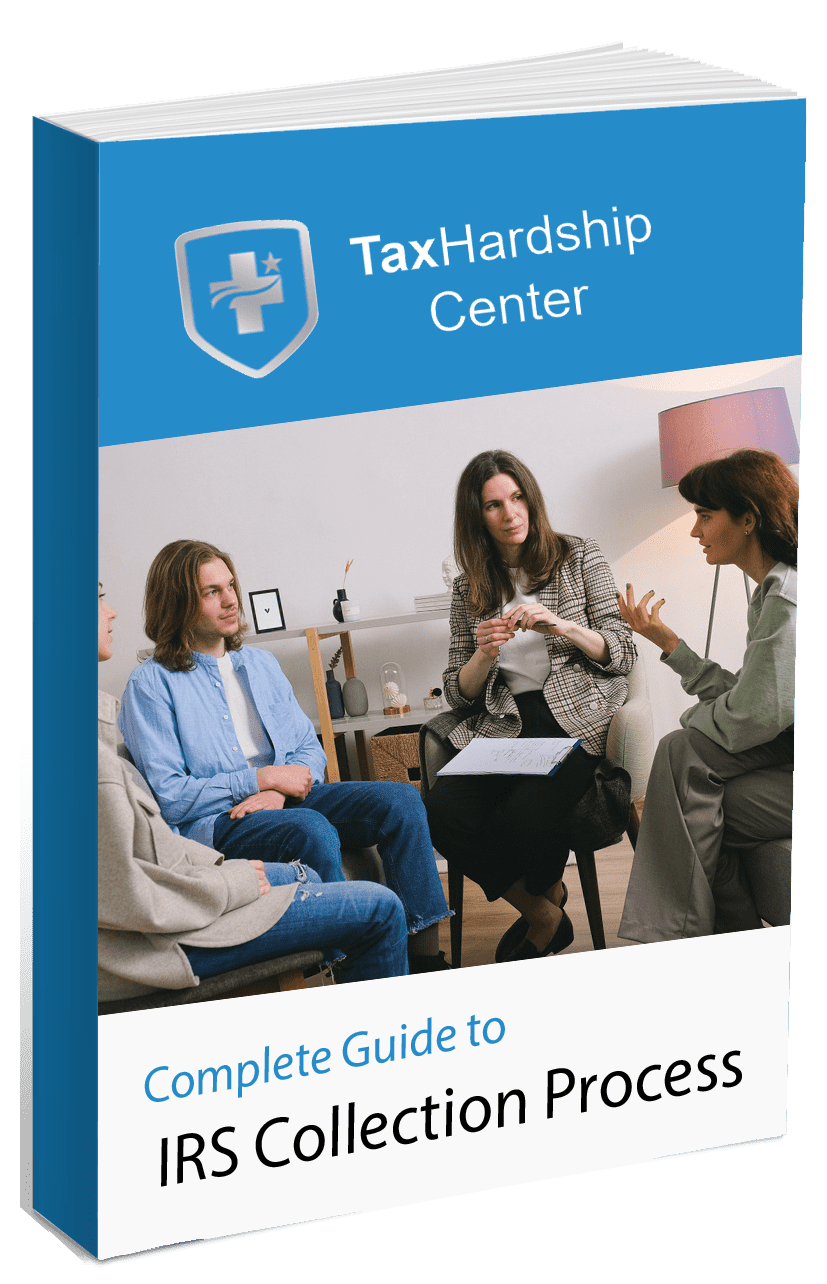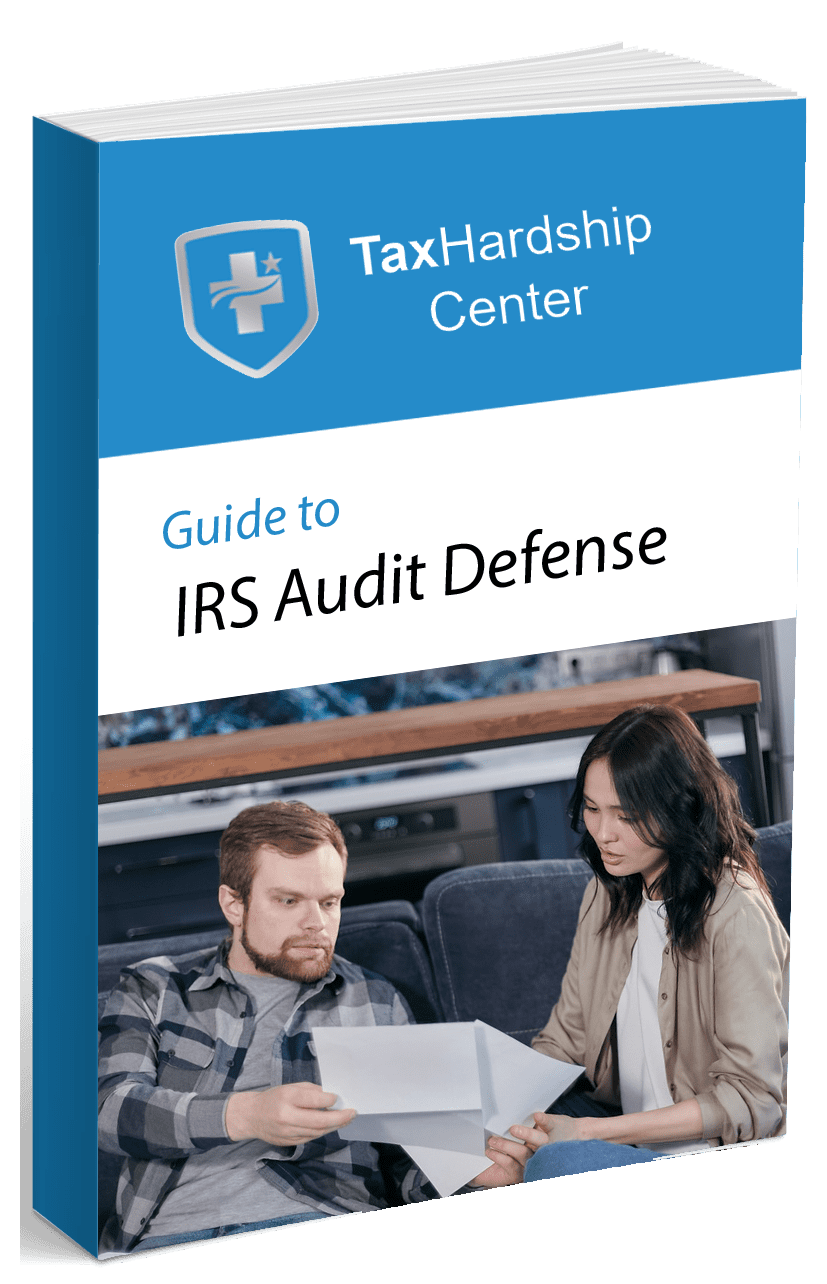Form W-2 is a fundamental document for workers and their tax filings. It outlines the employer’s salary or wages and the taxes withheld throughout the year. Many individuals see this form as “that crucial piece of paper” they get each January, but it represents more than figures and boxes. It captures your earnings and helps determine how much you owe in federal or state taxes. You might miss essential details affecting your finances and potential refunds without a clear handle.
This guide explores every key aspect of Form W-2, from what each box represents to why deadlines matter. You will see how this form differs from Form W-4, how you can interpret codes, and what you should look for when it arrives. You will better understand your numbers and how they fit into your yearly tax routine.
What Is Form W-2 and Why Is It Important?
Form W-2 is an Internal Revenue Service (IRS) document that your employer must send you after the close of the tax year if you earned wages as an employee. It shows total earnings, including salaries, tips, and amounts withheld for federal, state, and other taxes. This single sheet of paper helps you complete your tax return, confirms your annual income, and may even play a role in personal financial planning.
Understanding the form’s importance goes beyond checking numbers. It’s a record that confirms how much money came into your pocket and how much you paid in taxes. The IRS depends on it to cross-check what you report on your 1040. If you file your taxes without reflecting all the information on your W-2 or overlook an important detail, you can face headaches later.
A Snapshot of Your Annual Earnings
Form W-2 is so important because it gives a snapshot of your total pay for the year. Think of it as the official record of what you brought home before and after taxes. Box 1 on the form, “Wages, tips, and other compensation,” is the figure you often use to estimate how much of your income is subject to federal taxes. Other boxes, such as Medicare wages (Box 5) and Social Security wages (Box 3), might not match your gross wages if pre-tax deductions or other adjustments apply.
This snapshot helps you verify that your pay stubs and year-end totals match. If the numbers are off, you can address discrepancies with your employer. That single piece of paper can shine a light on accurate records or hint at miscalculations in your paychecks. Many people see Form W-2 as the top resource for understanding their year-end finances.
How Form W-2 Affects Your Tax Filing
Your tax return relies heavily on the numbers reported on Form W-2. When you submit your 1040 or other federal tax form, you often must report wages precisely as listed in Box 1. You also need to include the amounts of federal income tax withheld (Box 2), Social Security tax withheld (Box 4), and Medicare tax withheld (Box 6). The IRS matches those amounts with the information from your employer. If there is a mismatch, the IRS might contact you.
Since tax rates vary based on your income and allowances, Form W-2 is a key puzzle piece. The numbers in your W-2 often determine whether you can expect a tax refund. The difference between your total tax liability and the sum of your withholdings can lead to a refund or a balance owed. This means the accuracy of your W-2 can affect more than just your return; it can also impact your financial plans for the upcoming year.
Understanding the Components of Form W-2
Form W-2 may seem simple, but each box carries specific information. Some data is straightforward, like total wages, while other elements use codes that require knowledge of IRS rules. Learning these details makes it easier to file your taxes without mistakes.
- Box-by-Box Breakdown of Form W-2
- Box 1—Wages, tips, and other compensation: This box shows the taxable income you report on your tax return. It excludes certain pre-tax deductions, such as retirement contributions or health insurance premiums.
- Box 2 – Federal income tax withheld: This box shows how much federal income tax your employer has withheld from your paycheck and sent to the IRS on your behalf.
- Box 3 – Social Security wages: This displays wages subject to Social Security tax. This may differ from Box 1 because certain types of compensation may be exempt or have notable limitations.
- Box 4 – Social Security tax withheld: This reveals the total amount withheld for Social Security. The rate is usually 6.2% up to the wage base limit. Check that it doesn’t exceed the annual maximum amount for Social Security.
- Box 5 – Medicare wages and tips: Similar to Box 3, this may include additional income because there’s usually no cap on Medicare taxes.
- Box 6 – Medicare tax withheld: This shows the total withheld for Medicare taxes, often 1.45% of your Medicare wages. High earners may see an extra 0.9% withheld when income crosses a certain threshold.
- Box 7 – Social Security tips: If you receive tips on the job, this is where reported tips appear, provided they are subject to Social Security tax.
- Box 8 – Allocated tips: This shows tips an employer assigns to you if your reported tips fall below a legal standard for your occupation. These may not have been included in Box 1, so pay close attention.
- Box 9: Historically, it referenced an Earned Income Credit (EIC) notice, but now it is often blank due to changes in rules.
- Box 10 – Dependent care benefits: They appear here if you receive child or dependent care funds. Amounts above certain limits become taxable.
- Box 11 – Nonqualified plans: Certain distributions from nonqualified deferred compensation plans or Section 457 plans help the IRS track total pay from unique retirement or compensation packages.
- Box 12: A catchall for various types of compensation or benefits, each identified with a letter code. Examples include contributions to a 401(k) or the cost of employer-sponsored health coverage.
- Box 13: This is where your employer checks relevant boxes if you took part in a retirement plan, received sick pay from a third party, or qualified as a statutory employee.
- Box 14: Often used for details like union dues or other benefits. Employers can label these with their abbreviations.
- Box 15 to 20: State and local tax data: These
- boxes show the state and local wages and taxes withheld. If applicable, this information supports the details you include on your state and local tax returns.
Standard Codes and Terms Explained
Some of the most common codes in Box 12 include:
- Code D: Elective deferrals to a 401(k) plan.
- Code E: Elective deferrals under a 403(b) salary reduction agreement (often used by schools or nonprofits).
- Code F: Elective deferrals to a 408(k)(6) salary reduction SEP.
- Code G: Elective deferrals and employer contributions to a 457(b) deferred compensation plan.
- Code DD: The cost of employer-sponsored health coverage. This figure is informational and not necessarily taxable to you.
- Code W: Employer contributions to a Health Savings Account (HSA).
Codes can look mysterious, but they exist to ensure the IRS knows about various compensation categories. If you have an unclear code, reference the IRS instructions or ask a tax preparer. Many codes have specific tax implications, like how much you can contribute to retirement accounts or what you must include in your income.
How We at Tax Hardship Center Offer Support for Form W-2 and Beyond
We at the Tax Hardship Center know that Form W-2 often sparks a mix of relief and anxiety. It’s a document you rely on annually to outline your wages and withholdings. Yet, when the numbers don’t add up, or your financial situation grows more complicated, you might be unsure of the best way forward. That’s where our dedicated team can step in.
Our mission is to simplify tax matters for hardworking individuals and families. We focus on personalized solutions that fit your unique circumstances. Form W-2 is the backbone of many tax filings, so we pay special attention to every detail, from verifying wages and withholdings to spotting inconsistencies that can trigger unwanted IRS attention. If you suspect an error on your W-2 or realize that past returns might have inaccuracies, our seasoned tax professionals can provide guidance that addresses these concerns quickly.
At Tax Hardship Center, we also recognize that challenges often extend beyond one tax form. Tax debt, unfiled returns, or ongoing disputes with government agencies can derail your finances and peace of mind. If you owe back taxes or receive notices from the IRS, our team is here to review your case, identify your options, and negotiate on your behalf. You deserve clear insights and practical solutions.
We combine our professional expertise with compassion. Our clients appreciate straightforward communication, regular updates on their progress, and a plan built around genuine relief. While we approach all tax forms methodically, we also keep the bigger picture in mind, giving you a roadmap toward better financial health.
If Form W-2 confusion has you feeling uncertain or currently facing any tax issues, contact us at the Tax Hardship Center. A simple conversation can point you in the right direction. We want to help you achieve clarity with this year’s return and all the returns yet to come. By partnering with us, you’ll have a dedicated team committed to steering you toward the most favorable outcome for your personal tax situation.
How to Read and Interpret Your Form W-2
When you open your Form W-2, you may see boxes filled with numbers, abbreviations, and codes. It might look unfamiliar, but it follows a standard format. Each box corresponds to an item the IRS wants you to know. Reading it carefully lets you confirm whether your paycheck deductions and wage totals match your records.
Key Information to Look For
- Gross vs. taxable wages: Your last pay stub may show your total earnings. Your W-2 may be smaller because specific pre-tax contributions (like health insurance or retirement) aren’t included in taxable wages. Verify that these differences match what you expect.
- Withholdings: Check Boxes 2, 4, and 6 for withheld amounts. Compare these to the taxes you see on your final pay stub. If there’s a big gap, ask your employer for details.
- State and local wages: If you live in a state with income tax or work in a locality that imposes taxes, confirm those amounts match your pay records. These are important for state and local returns.
- Social Security and Medicare wages: Make sure your Social Security wages (Box 3) don’t exceed the annual limit subject to Social Security tax. Check Medicare wages (Box 5) for the correct total of your year’s compensation.
What Each Box Tells You About Your Income and Taxes
- Your total earnings: The combination of Boxes 1, 3, and 5 provides a broad perspective of your compensation. Each box’s number has unique definitions, but they illustrate your annual income story together.
- Tax compliance: If a box for taxes withheld is incorrect, you might owe additional taxes or file an amendment. Always check for accuracy.
- Employer info: The top portion, which includes your employer’s name and address, can confirm you worked for that entity and that they reported on your behalf.
- Verification of benefits: Boxes 12, 13, and 14 can reveal all sorts of benefits, from 401(k) contributions to life insurance coverage. These details can confirm you received the promised perks.
Taking time to review each box can save trouble later. If an error occurs, address it with your employer. They may need to issue a corrected W-2 (Form W-2c). You never want to file a return with incorrect data because that can trigger issues with the IRS.
Deadlines and Filing Requirements for Form W-2
Deadlines play a massive part in W-2s, both for employers and employees. The IRS sets rules on when companies must distribute forms and when employees must file their returns. Timeliness ensures taxpayers have the information they need to complete returns accurately.
When Should You Receive Form W-2?
The standard deadline for employers to send out Form W-2 is January 31. If January 31 falls on a weekend or legal holiday, the deadline shifts to the next business day. This means employees usually see their W-2s in late January or early February. Contact your employer or the payroll department if you haven’t received your Form W-2 by mid-February. You may also contact the IRS if your employer is not cooperative.
Each year, many people wonder if electronic delivery is allowed. Yes, employers can provide W-2s electronically as long as employees give consent. This saves paper and can speed up your access. You can often download it from a secure portal. Just remember to keep a copy for your records.
Employer Obligations and Deadlines
Employers must not only furnish W-2s to employees by the end of January but also send copies to the Social Security Administration (SSA) by the same date. The SSA shares that information with the IRS. If employers miss these deadlines or file incorrectly, they can face penalties. The IRS and SSA rely on prompt and accurate data to ensure everyone’s records remain in good order.
Employers sometimes must correct W-2s if they discover mistakes, like an incorrect Social Security number or a box total. The corrected form, Form W-2c, must go to the employee and the SSA. This ensures the worker has accurate details for tax filing and future Social Security benefits.
Differences Between Form W-2 and Form W-4
Form W-2 is the annual summary of your wages and taxes withheld, while Form W-4 is the form you fill out when you start a job or experience significant personal or financial changes. Both forms deal with taxes, but each has a different function. Confusion between these two can affect how much money you see in your paycheck and how your W-2 amounts shape up yearly.
What Each Form Represents
- Form W-2: This form reveals what happened with your pay—how much you earned and how much was withheld for taxes. It arrives after the tax year ends.
- Form W-4: You give this to your employer when you begin a job or if your tax circumstances change (e.g., marriage, birth of a child). It tells your employer how much federal income tax to withhold from each paycheck. You can adjust your W-4 to refine your withholdings, which can change the figures that eventually land on your W-2.
Together, they ensure the correct amounts get withheld throughout the year. When done correctly, your W-4 can help you break even at tax time, minimizing the amount you owe or preventing large refunds.
How Form W-4 Impacts the Details of Form W-2
Your W-4 entries feed into your employer’s payroll system. The number of dependents, additional withholdings, or changes in marital status can shift how much tax your employer sends to the IRS each pay period. Your Form W-2 will reflect the cumulative result by the year’s end. If you claim fewer allowances or opt for extra withholdings on your W-4, you may see a more prominent figure in Box 2 (federal income tax withheld) on your W-2. Conversely, if you claim more allowances or choose fewer withholdings, that figure in Box 2 might drop, leading to a smaller refund or a balance owed.
Keeping your W-4 up-to-date is wise. If your personal or financial life changes and you don’t adjust your W-4, the final numbers on your W-2 may not match your actual tax needs. That might leave you paying more out-of-pocket in April. If you see a vast refund or a big bill, reevaluate your W-4 so next year’s W-2 aligns with your actual tax scenario.
Conclusion
Form W-2 is a year-end window into your earnings and withholdings. Once you learn how each box and line fits together, you set yourself up for a smoother tax season and help avoid unpleasant surprises. Always double-check the numbers on your form, compare them to your final pay stub, and alert your employer if anything seems out of place. That extra step can spare you from headaches or IRS inquiries.
While we’ve highlighted the essentials here, there’s more to explore. In Part 2, we’ll dive deeper into additional Form W-2 considerations—like filing tips for multiple jobs, handling special codes, and how to address unique tax situations that aren’t covered in this blog. We’ll also share further guidance on where to find reliable help if your tax questions need more detailed answers.
Why Tax Hardship Center?
1. Hassle-Free Assistance
Say goodbye to sleepless nights and endless tax-related stress. At the Tax Hardship Center, we believe in simplifying the complex. Our team of experts is dedicated to guiding you through every step of the process, ensuring that your tax concerns are met with precision and care.
2. 14-Day Money Back Guarantee
We’re so confident in our ability to ease your tax worries that we offer a 14-day money-back guarantee. If you’re not satisfied with our service for any reason, we’ll gladly refund your investment. Your peace of mind is our top priority!
3. Free Consultation
Are you curious about how we can transform your tax experience? Book a free consultation now! Our team will assess your situation, answer your questions, and provide free insights tailored to your needs.
4. Nationwide Coverage
No matter which corner of the United States you call home, the Tax Hardship Center covers you. We proudly serve all 50 states, bringing our expertise to your doorstep. Wherever you are, our commitment to excellence follows.
Frequently Asked Questions
Below are five frequently asked questions and precise answers to help you handle the most common concerns related to Form W-2. These reflect what people often search for in online forums and tax-related websites.
1. When does my employer send Form W-2 to me?
Employers must usually provide your W-2 by January 31. If you don’t see it by mid-February, contact your employer or the IRS for guidance.
2. What if I see a mistake on my Form W-2?
Ask your employer to correct it and issue a Form W-2c. Accuracy is crucial. Do not file your taxes until you have the correct W-2.
3. Can I receive my W-2 online?
Employers can distribute W-2s electronically if you consent. Many payroll companies let you download the form through an employee portal.
4. Why are Social Security wages different from Box 1 wages?
Certain deductions, such as contributions to retirement accounts or pre-tax health benefits, reduce taxable income in Box 1. Social Security wages (Box 3) often include those amounts up to the Social Security wage limit.
5. What if I worked multiple jobs in one year?
You should receive a W-2 from each employer. Gather them all before filing. Each W-2 shows your total wages and withholdings from that employer.








